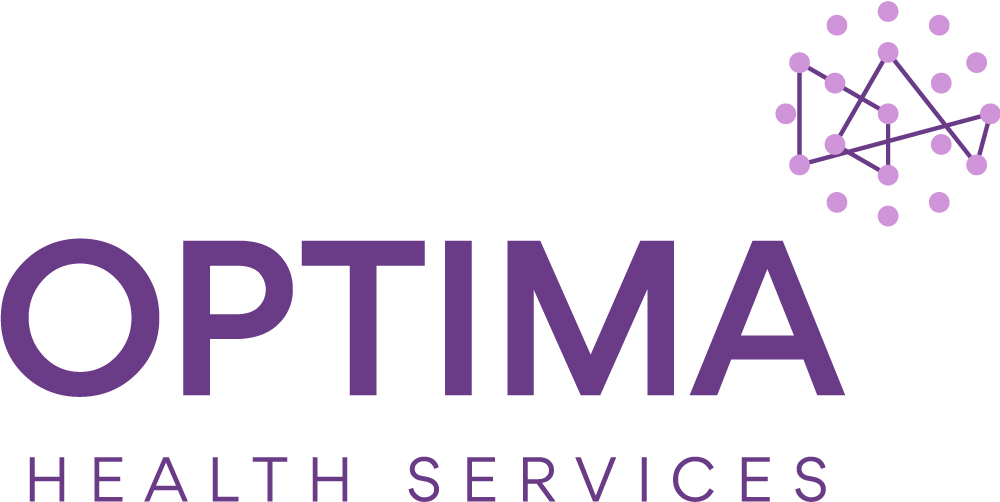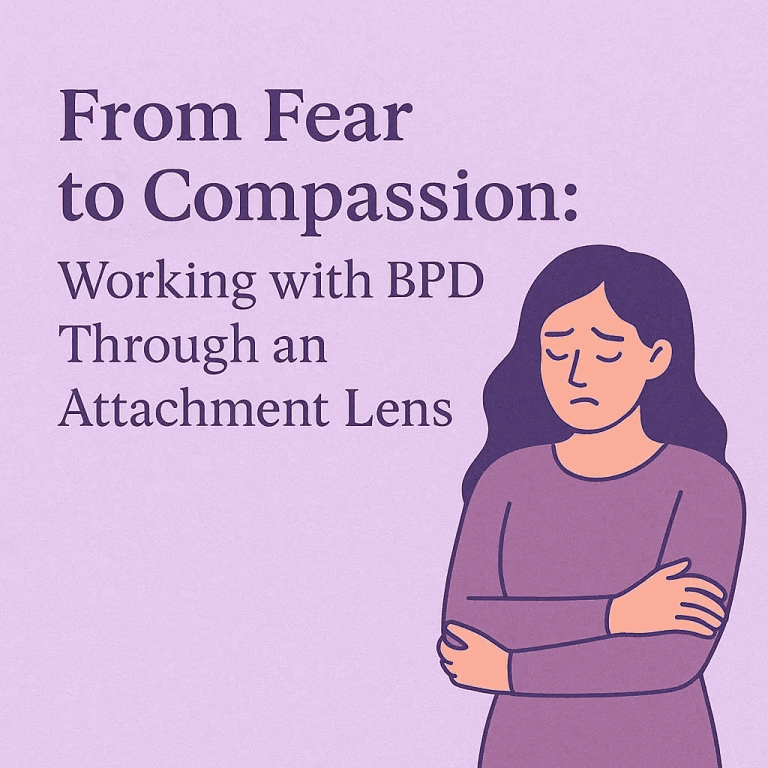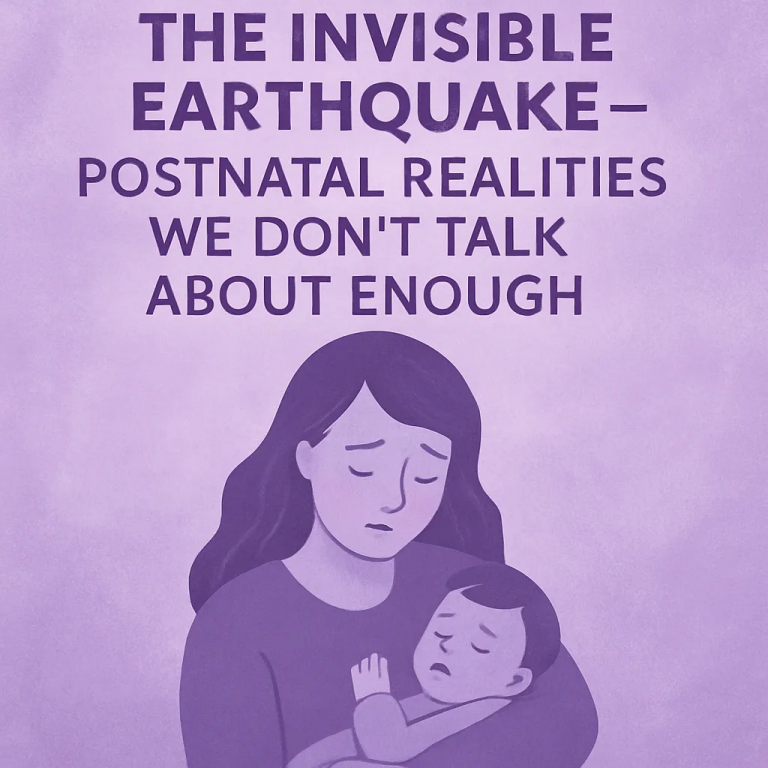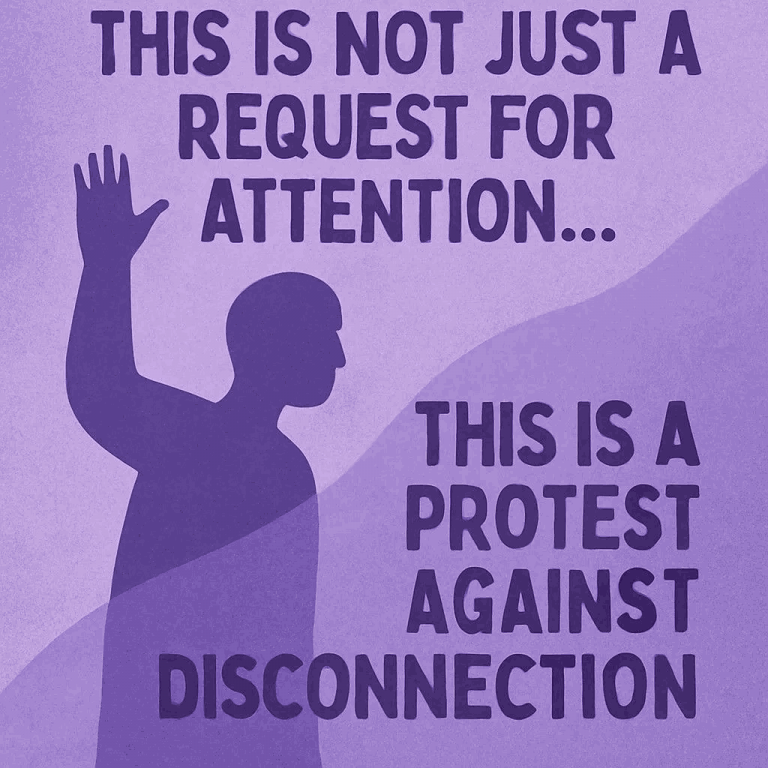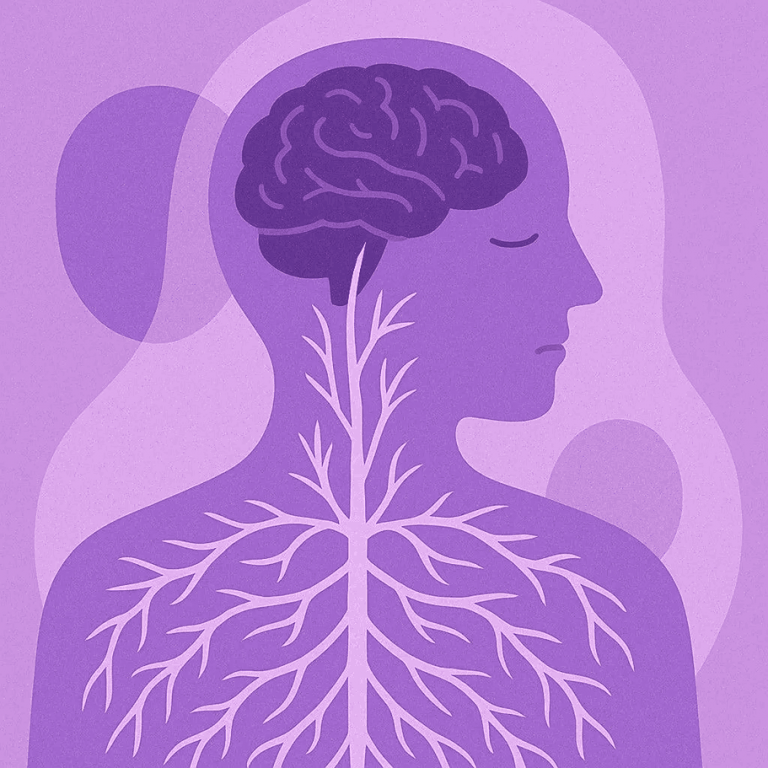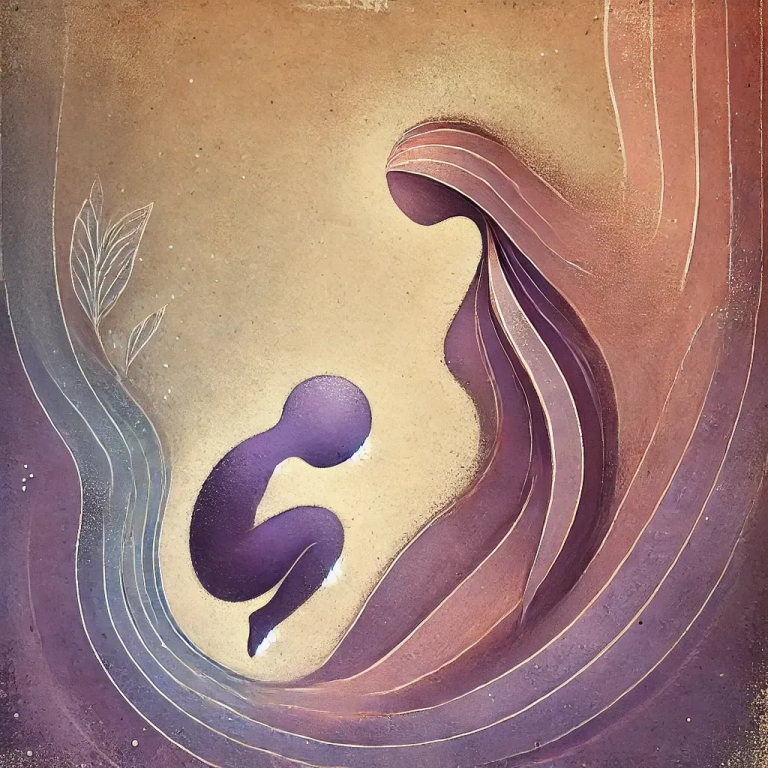Neuroscience: Bowlby’s Ideas Meet the Modern Brain
Bowlby’s brilliance lay not only in his observations but in his ability to weave ideas from multiple disciplines into a coherent model of human connection. For clinicians, understanding these influences can provide richer insight into why early relationships are so foundational.
Neuroscience: Bowlby’s Ideas Meet the Modern Brain
While Bowlby lacked access to the tools of neuroscience, his theories anticipated many of today’s discoveries about the brain’s wiring. These findings add new depth to how we understand attachment in clinical practice.
Clinical Implications: Deepening Your Practice
For counsellors and psychotherapists, recognising these dynamics is transformative. Understanding a client’s attachment history provides a roadmap for interpreting behaviours, relational patterns, and emotional responses. More importantly, it highlights the immense therapeutic potential of the relationship you create with your client.
Attachment is not just a story of the past—it’s alive in the present, shaping how clients navigate their inner worlds and relationships. As you work with clients to unpack their internal working models, you’re not just exploring their histories but actively participating in the rewriting of those narratives.
Attachment theory, when combined with the insights of modern neuroscience, offers an unparalleled opportunity to deepen your understanding of your clients’ internal worlds—and to walk with them toward greater emotional and relational resilience.
#AttachmentInTherapy #ClinicalPractice #Neuroscience #TherapeuticRelationship #JohnBowlby
